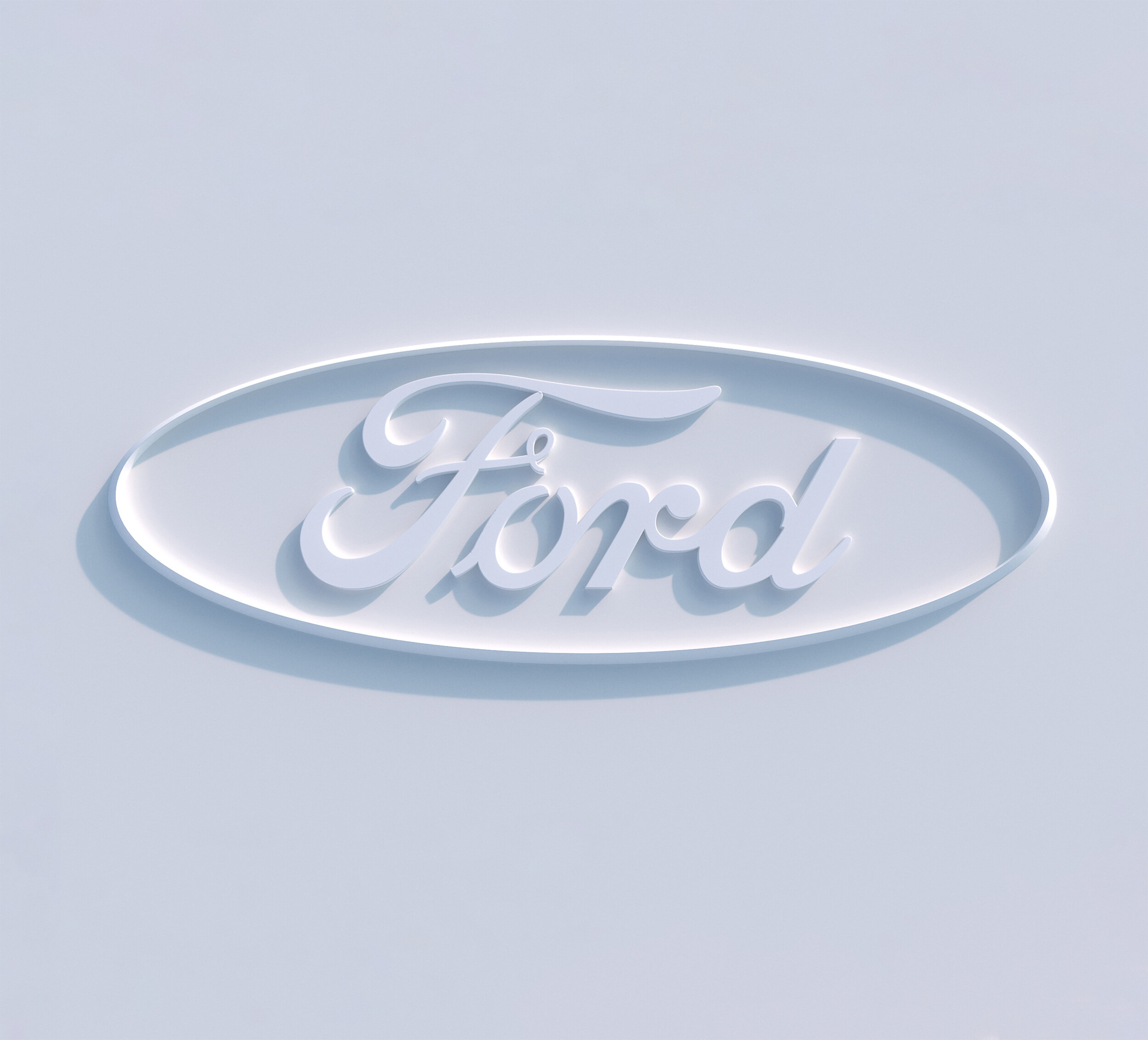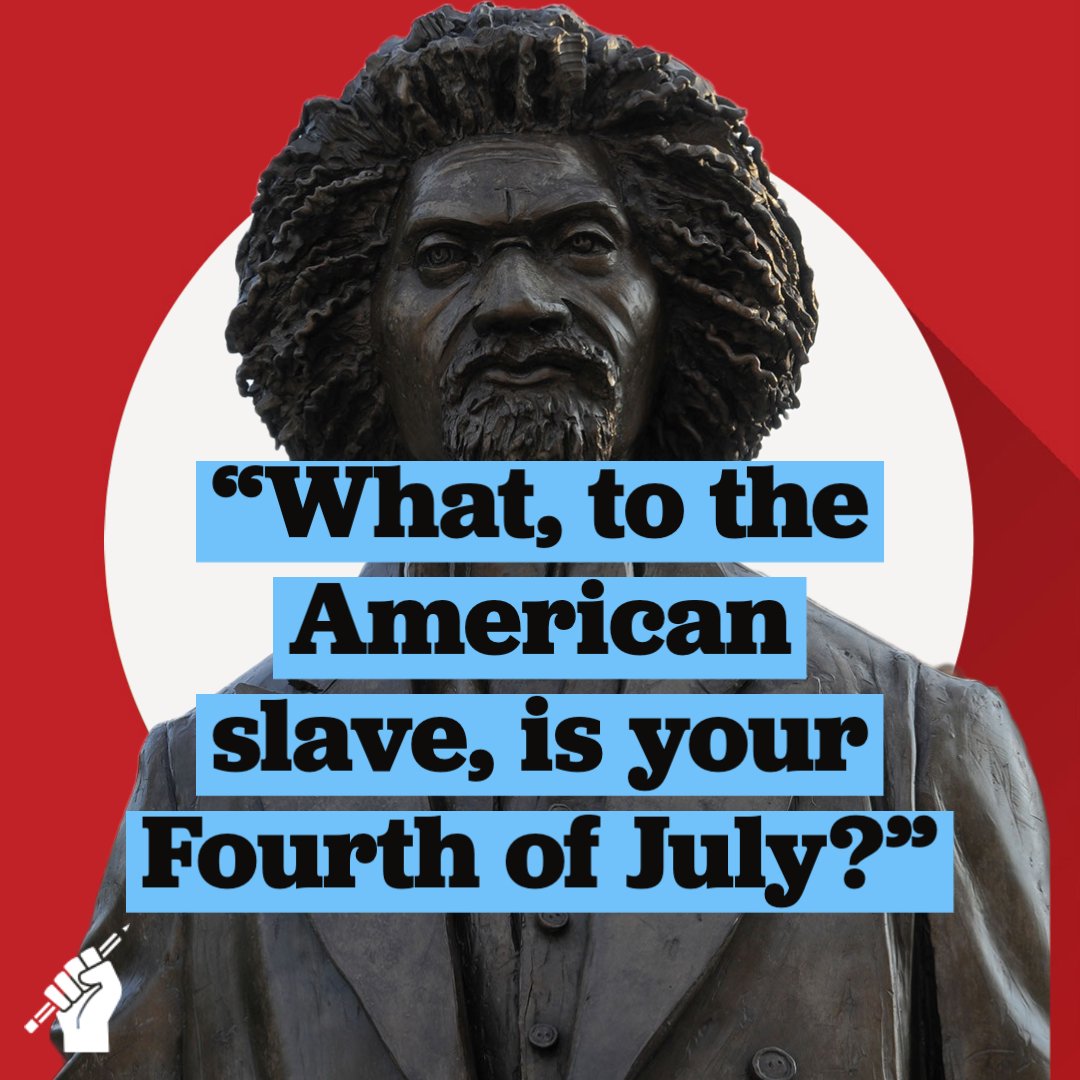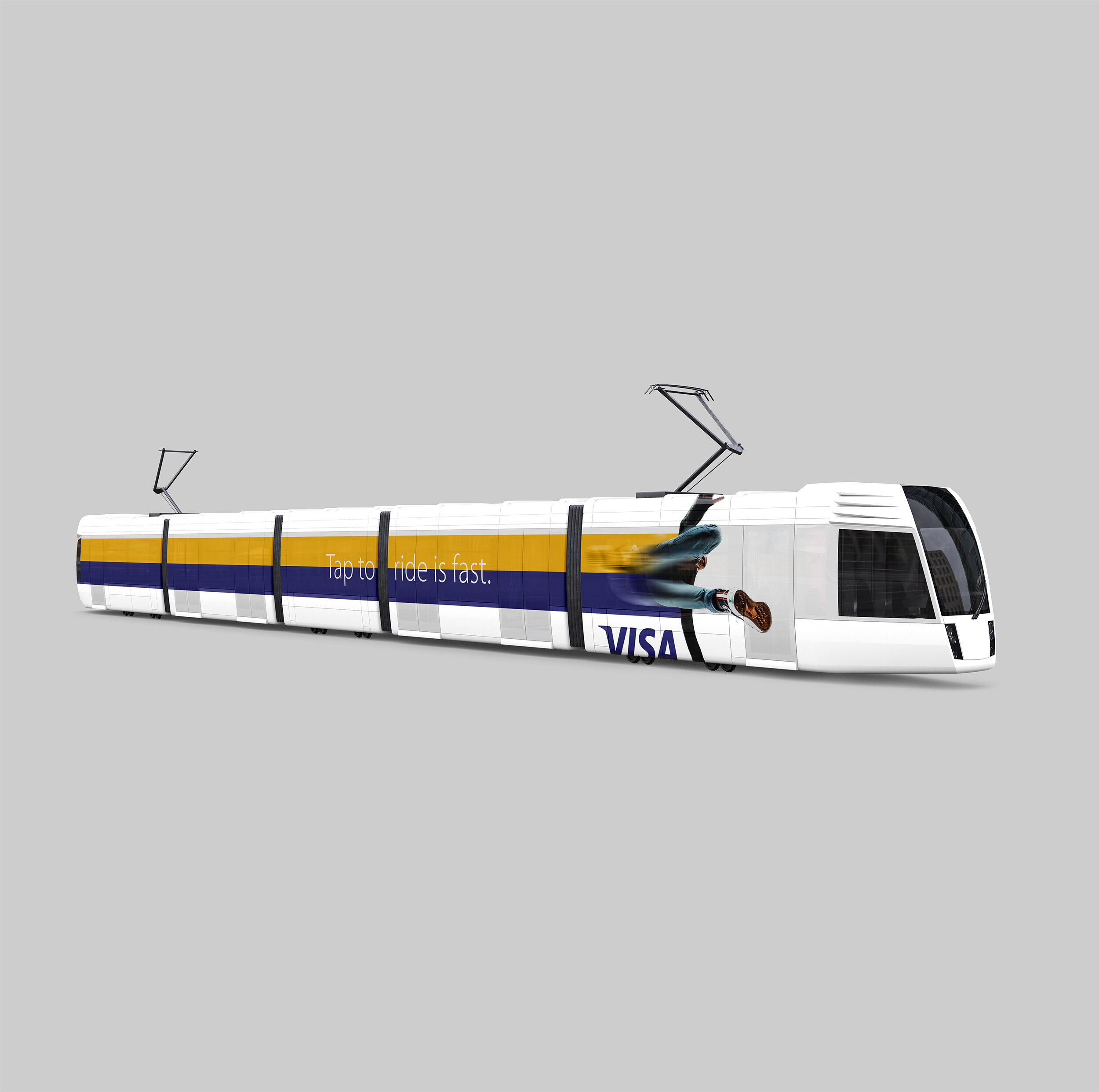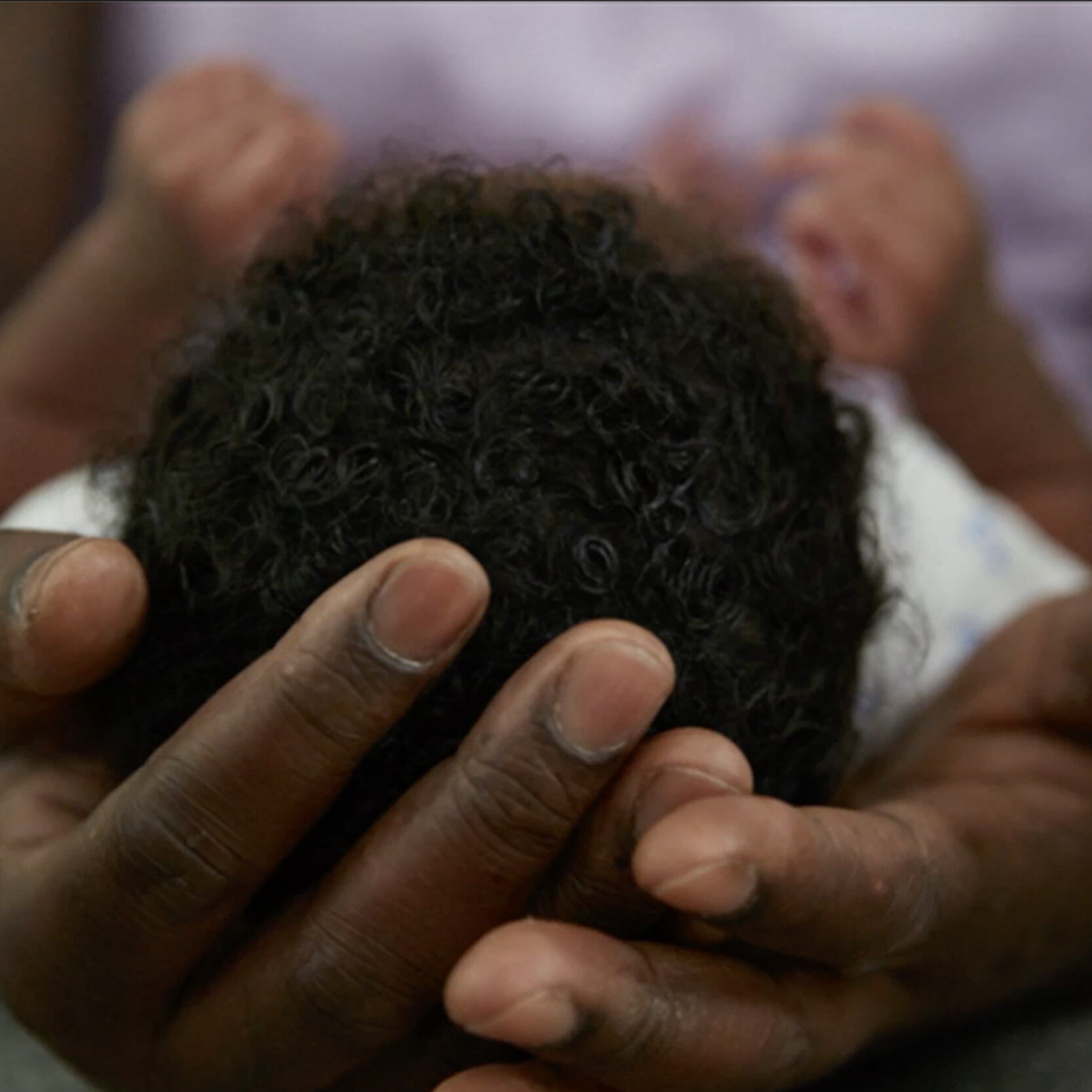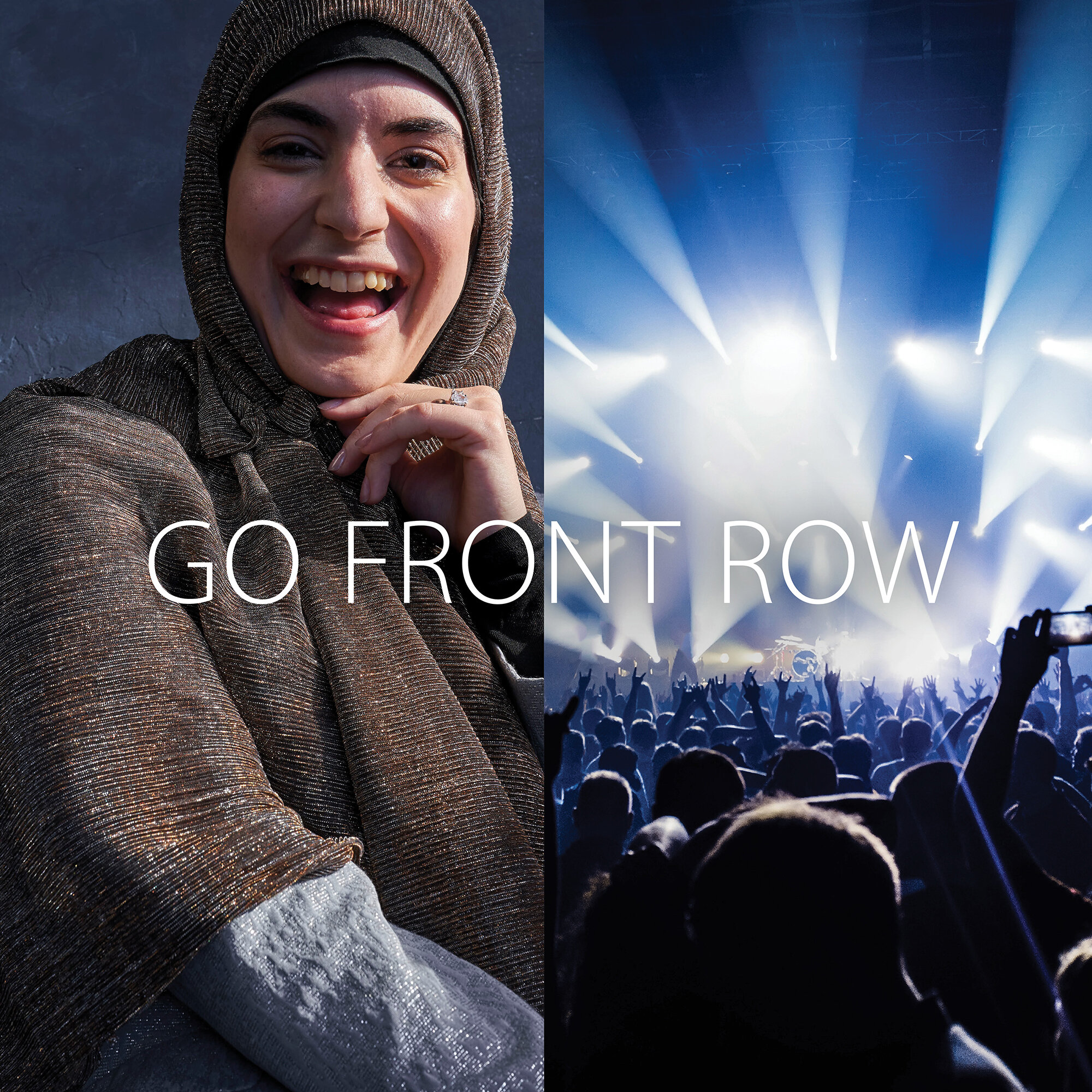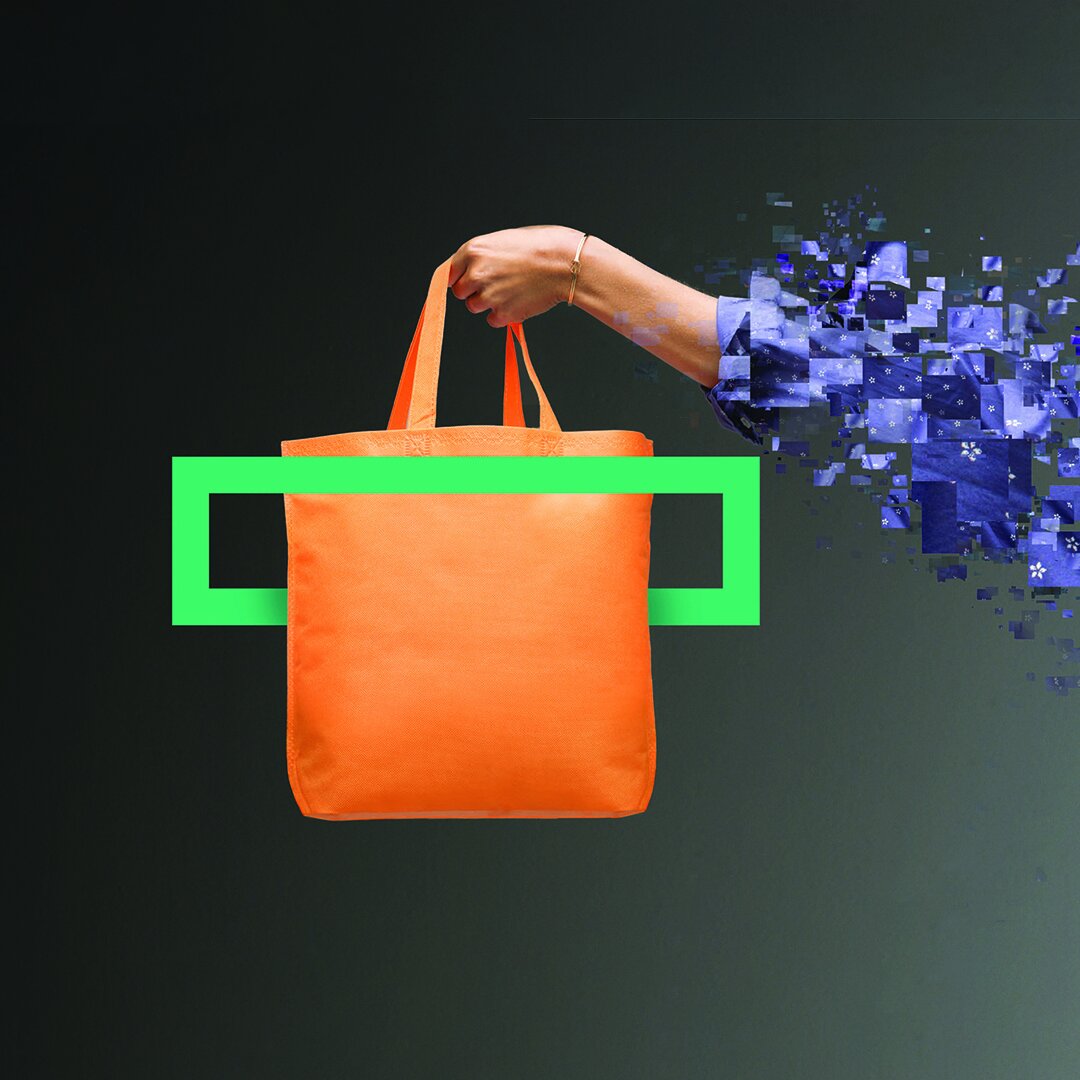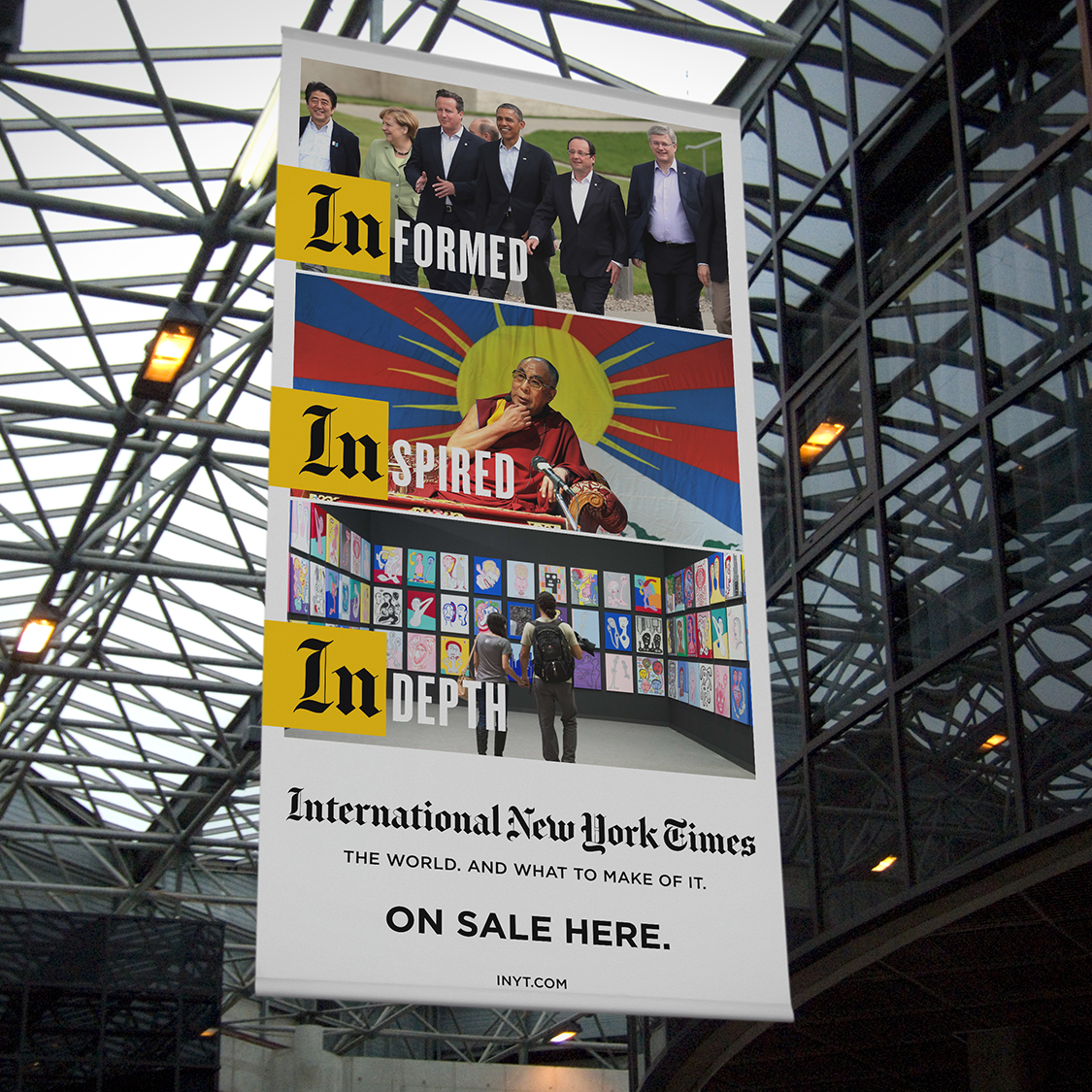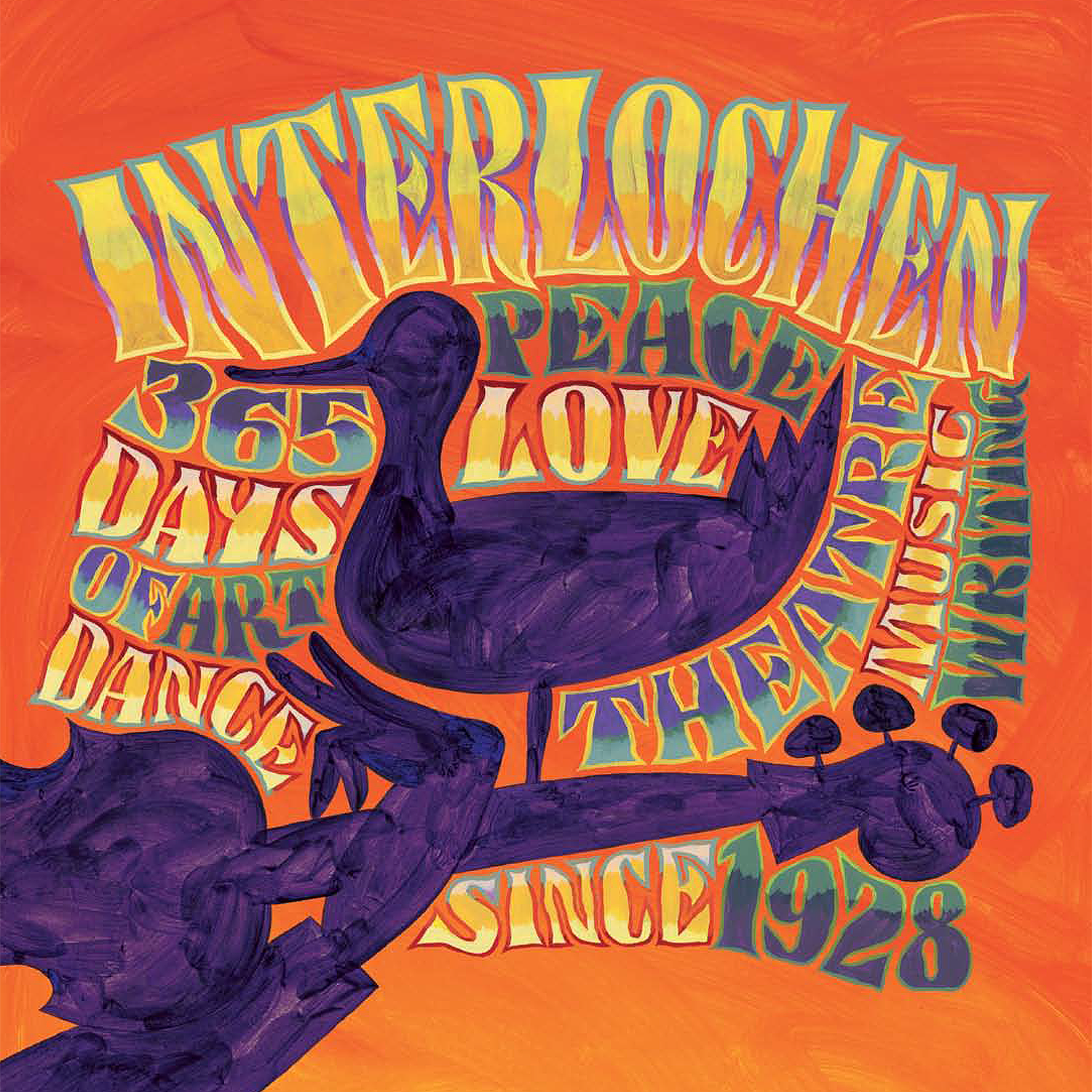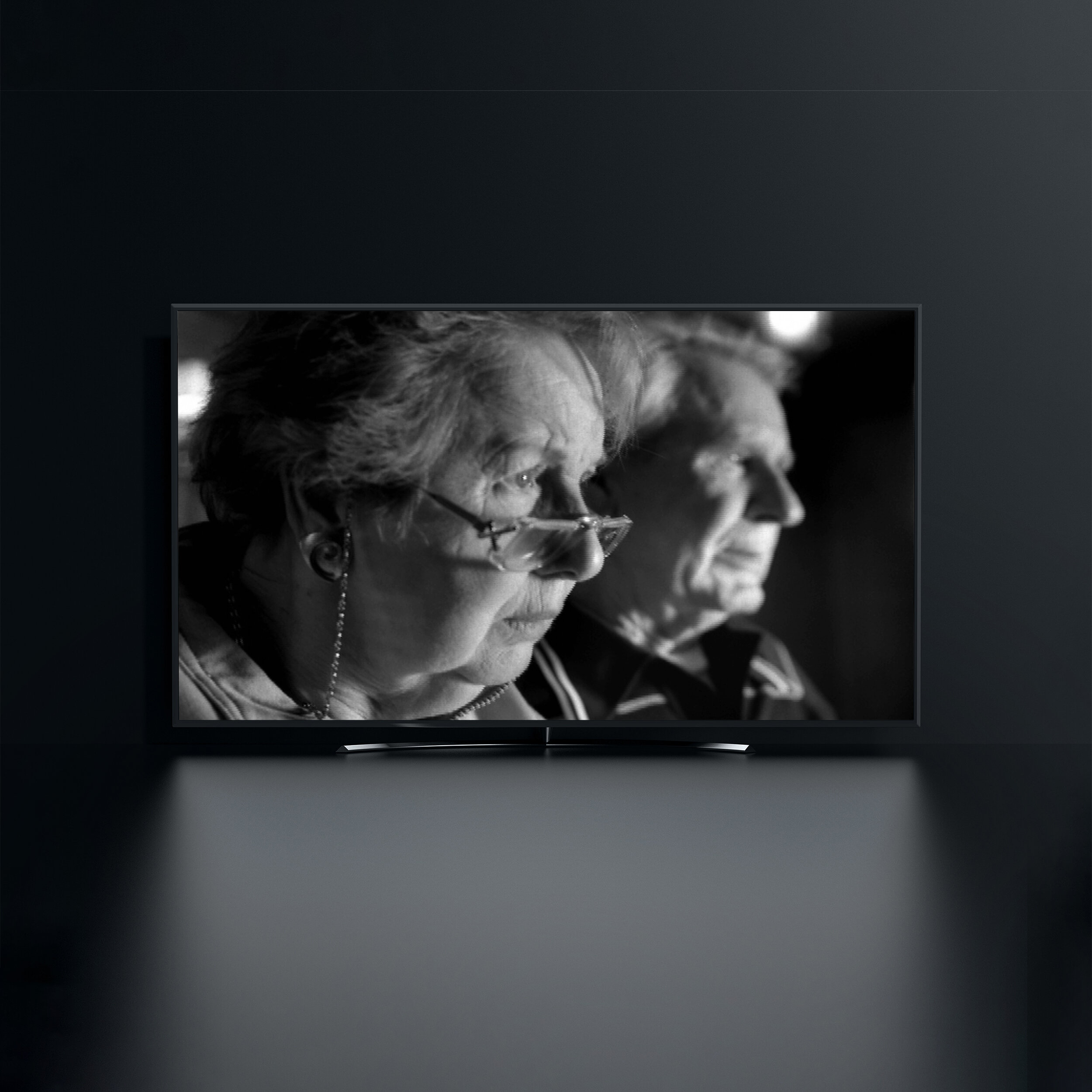Ford
I led the team of extremely talented designers in the BBDO/Omnicom pitch winning effort. Our task was to unify the brand, push it forward and optimize for mobile.
Reconstruction
The client’s objective was to create a super-generation of Black kids. Children who are confident, academically prepared and have the agency to make change for themselves and their community. How can this be done? Through the world’s first digital, Black empowerment platform. Reconstruction provides “unapologetically Black education.” The classes are small, remote and teach Black contributions to world history in an accurate, identity-affirming way. I helped establish the Reconstruction brand for investors and consumers and promote the site through social media, special projects and swag once it was launched. So far Reconstruction has raised millions and classes are nearly sold out.
Coach
Coach is all things New York City. It’s where the company started. Where it grew as a brand. Where its best influences and fashion ideas came from. For Coach’s 75th anniversary, the iconic luxury brand wanted to celebrate not just than fashion, tradition, and history, but and the city Coach had become part of.
Visa Urban Mobility
As more and more public transit systems across the globe adopt contactless payment for passengers, it creates a unique communications challenge for Visa. To quickly and clearly educate riders to “tap to pay” with their Visa cards, we needed to develop a simple, flexible design toolkit that could deliver messages ranging from “coming soon” to “now here” depending on awareness in that particular market. More important, it needed to do so efficiently and consistently across each stage of a rider’s door-to-door journey.
Blackrock
When Blackrock bought the brokerage assets of Merrill Lynch, they needed to let all of the new people know that they had become “BlackRock Citizens.” The Blackrock passport concept (supported by print and digital) was the ticket. It engaged employees from Merrill with a new sense of place.
Morgan Stanley_World wise
No one is more connected globally than Morgan Stanley. The question is: how do you convey "global connectedness" in a way that communicates with authority in a visually interesting way? The filmic realization of Morgan Stanley's World Wise campaign on TV required innovation in both the shooting and editing of the spots. For print and OOH the World Wise message called for simple, but exotic location photography that I’d taken during production. In the end we created a stable brand image that told of experience, global reach and customer engagement.
Just Add Water
The author (who is a friend) thought that he could self-publish a book with art that he just found online. When I told him that might lead him to doing hard time I took a pass at a couple layouts and that quickly turned into the whole thing.
Tommy Hilfiger
Our task was to define “classic American cool” on the website and in an installation during fashion week in NYC.
Hayden
The amazing thing about Steve Hayden is that he’s a wonderful and brilliant man who has ideas that are sometimes very hard to represent in simple ways. “Hayden’s Mandala” was perhaps the hardest thing I’ve ever had to try to commit to something that you could hold (thank god for the old type scaler tool as a starting point).
Johnson’s Olympic Pavilion
Given the task of figuring out what would be the centerpiece of the J&J Olympic Pavilion we found toward the end of a nearly hundred page powerpoint document a paragraph about how J&J had played a role in helping to preserve and protect The Terra Cotta Warriors. We turned that story into a film and developed the interactive and other content that became the whole exhibit and ended up being a spectacular success.
Never Not A Lovely Moon
"With great joy I opened up a parcel that arrived today which contained your masterpiece, your book. It arrived on an interesting day. Today I am going for the first time to see my sister in a hospice in Dublin. My beautiful sister, Bernardine, has cancer and is now receiving palliative care. I can't cure my sister but I can bring her precious little treasures that I know will make her smile. I know she will love your book. Thank you so much! Fondest wishes from Ireland. —Madeleine."
Johnson’s Baby
How do you take one of the oldest and most iconic brands in the world and make it relevant again? We gave it a contemporary look, a fresh voice, even a new logo.
Visa_Affluent
While Visa is one of the most recognized global brands, people are less familiar with Visa’s Affluent portfolio of cards and prefer American Express for their benefits. Additionally, the world of affluence means different things in different countries so we needed a global campaign that was relevant, recognizable and differentiated. We created a global campaign that tapped into a universal truth about affluence being less about possession and more about pursuing your passion – no matter who you are, where you live and what you love doing.
Visa_Hudson Yards
Visa is everywhere you want to be. Including Hudson Yards, the glitzy 1 million square feet of upscale retail space that promised to offer city dwellers and tourists alike a shopping experience unlike your traditional neighborhood mall. As the ‘Official Card of Hudson Yards’, Visa leveraged Hudson Yards as a platform to drive preference for their new Affluent card portfolio. We created a premium and sophisticated design system that showcased the variety of high end activities that tapped into shoppers’ passions, brought to you by Visa.
DuPont_Hi-Sci
Better to be known as a science company than a plastics company...or a coatings company or a petro-chemical company. All of which Dupont was, and no longer wanted to. Hi-Sci (short forHigh science) brought out the green in DuPont by emphasizing smarter and cleaner technology and repositioning them for a low-carbon future.
HPE
The launch of Hewlett Packard Enterprise presented a unique problem. How do you create a new Fortune 100 brand from scratch and successfully spin it off from one of the most famous technology brands in the world? Managing a diverse global team, we created hundreds of communications across advertising, corporate identity, PR and internal comms to successfully establish the HPE brand in advance of their IPO and set them up for years of growth with the “accelerating next” platform.
Doctors Without Borders
Our assignment was to raise awareness and drive attendance to: “A refugee camp in the city” which was a free interactive exhibition presented by Doctors Without Borders/Médecins Sans Frontières (MSF) to raise public awareness about the experiences of the world’s more than 68.5 million refugees and internally displaced people.
International New York Times
The International Herald Tribune and The New York Times recently joined together to form a new global brand called The International New York Times. It was only about 3 months from the first conversation with the client to the launch of the new brand. We helped create the logo, teaser campaign, TV commercials, direct response advertising, banner ads, print ads, in-flight advertising, outdoor ads, b2b ads, and retail signage. We even designed a unique elevator door message and a cake for the launch event in London.
Dover Rugs
A rug, even a very expensive rug, is something of an impulse purchase. These simple and colorful postcards encouraged people to act on that impulse. The retailer (largest in New England) registered a 15-20% increase in store traffic on weekends after the postcards were mailed. Old-fashioned marketing. Sometimes it works.
Hightower
Before HighTower, there was nothing. No name, No identity, No mission or purpose. Just a few disgruntled brokers who wanted to change the world of financial advice-giving. Make it more high-minded, less churn-y, more personal. We gave the company it’s name. We designed it’s logo and we positioned it as a fiduciary company providing advice without a hidden agenda—giving clients “an unobstructed view” of the market and opportunity.
Interlochen
As a preeminent arts school located in a remote part of Michigan it’s not very well known. We tried to help get the word out.
Gillette
Part of the effort to retain the business was an effort to figure out how to take the existing visual language and give it a bit of “zip.”
AT&T
The challenge with AT&T business-to-business is finding new ways to make the invisible magic that connects the world visible. For the better part of a decade we created campaigns built around data visualization, unexpected innovations and human emotion to position AT&T as the network that is making the future possible.
Visa Tokyo Olympics 2020
Visa believes that when there are no borders, there are no limits to where you can go, what you can do, or what you can achieve. This is the essence behind “Everywhere you want to be.” And what better forum to spread this message than on the stage of the ultimate borderless event – the Olympic Games.
SAP
SAP was a wildly successful German software company that's been trying to find a voice for decades, but the black and white photography, the stories focused on business success, the gentle tweaking of the dotcom bust, all contributed to maintaining their reputation with their Fortune 1000 clientele. Consistency was essential to their success, and by staying with the same photography style and color palette, without increasing spending, their brand value went up year by year.
